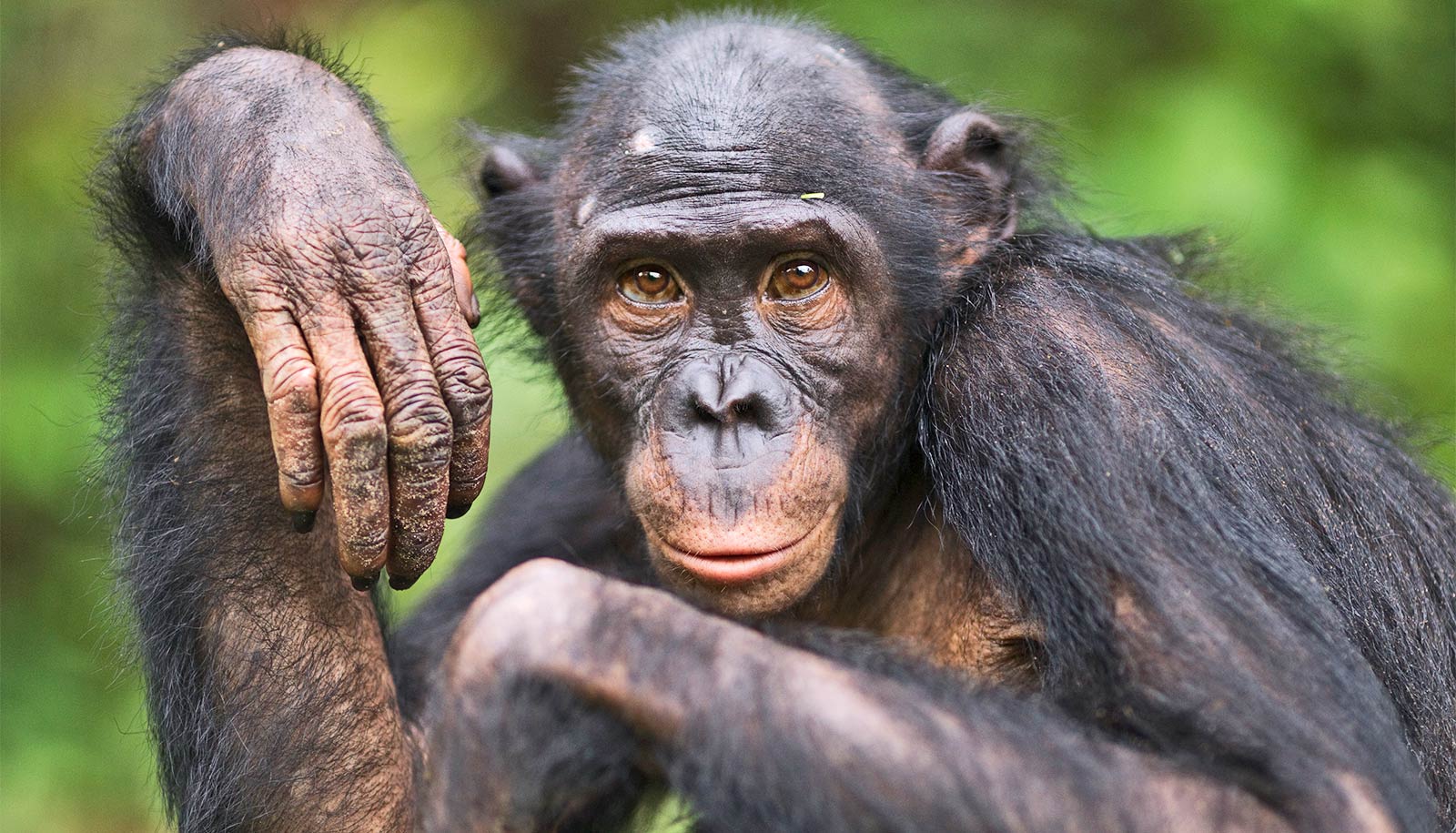Infants recognize that speech in a language not their own is for communication, a new study indicates.
The results offer new insights into how language is processed at a young age.
“By their first birthday, babies understand that foreign languages can communicate information between people, even though the babies themselves don’t understand the foreign language,” explains Athena Vouloumanos, an associate professor in New York University’s psychology deparment and the author of the study that appears in Cognition.
“…infants can generalize beyond their specific experience with their own native language…”
“This tells us that infants’ processing of formal aspects of language, such as speech sounds and word learning, is separate from infants’ processing of communicative aspects of language—specifically, the transferring of information,” Vouloumanos says.
It has long been established that infants understand that speech in their native language allows speakers to communicate. Less clear is whether or not this understanding is limited to their native language—does it extend to non-native languages with which infants have no experience?
To address this question, Vouloumanos conducted a series of experiments in which 12-month-old infants viewed human actors communicating in multiple ways. An observer recorded the infants’ responses—such as their gaze. Gaze length is a commonly used measurement for spotting infants’ comprehension of language and concepts.
In the experiments, the infants saw an actor, the Communicator, repeatedly select one of two objects. When the Communicator could no longer reach the target but a second player, a Recipient, could, the Communicator vocalized a nonsense phrase either in English (infants’ native language), Spanish (rhythmically different), or Russian (structurally different), or hummed (a non-speech vocalization). The infants had not heard Spanish or Russian before.
Babies connect similar words by listening to what we say
Across all three languages, native and non-native, but not humming, infants looked longer when the Recipient gave the Communicator the non-target compared to the target object. By contrast, when the Communicator hummed, infants looked equally at the non-target and target outcomes.
By looking longer when the Recipient handed over the non-target object, the infants seemed to recognize that a miscommunication had taken place or that the verbal interaction had some communicative value—even if it wasn’t in their native language.
“These results indicate that infants can generalize beyond their specific experience with their own native language to recognize that all languages can allow people to communicate,” Vouloumanos explains.
Babies do stuff in bursts but actually learn over time
“By 12 months, infants do not readily map non-native words to objects or discriminate most non-native speech contrasts, but they can understand that non-native languages can transfer information to others,” says Vouloumanos.
The Eunice Kennedy Shriver National Institute of Child Health and Human Development, which is part of the National Institutes of Health, funded the work.
Source: New York University



